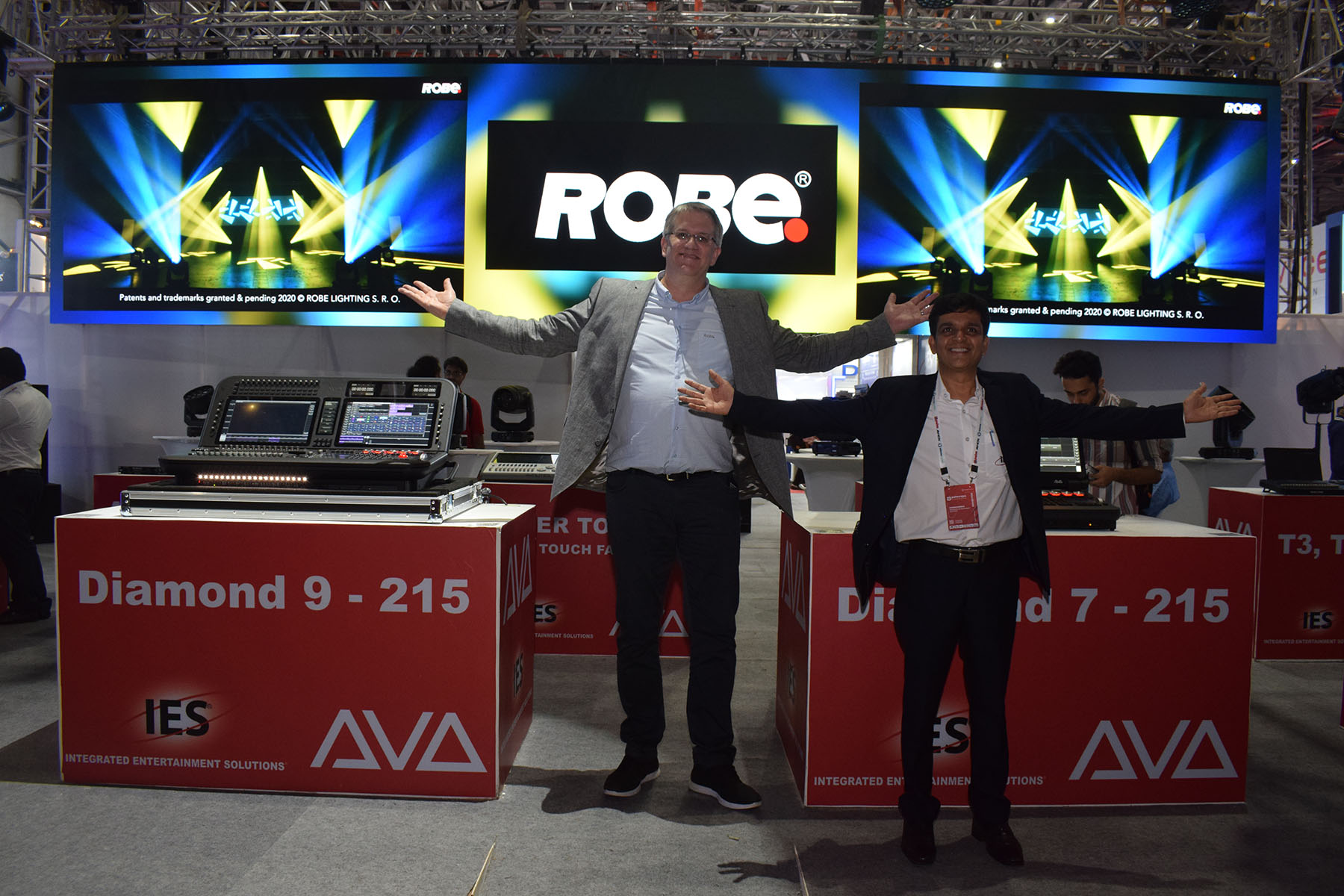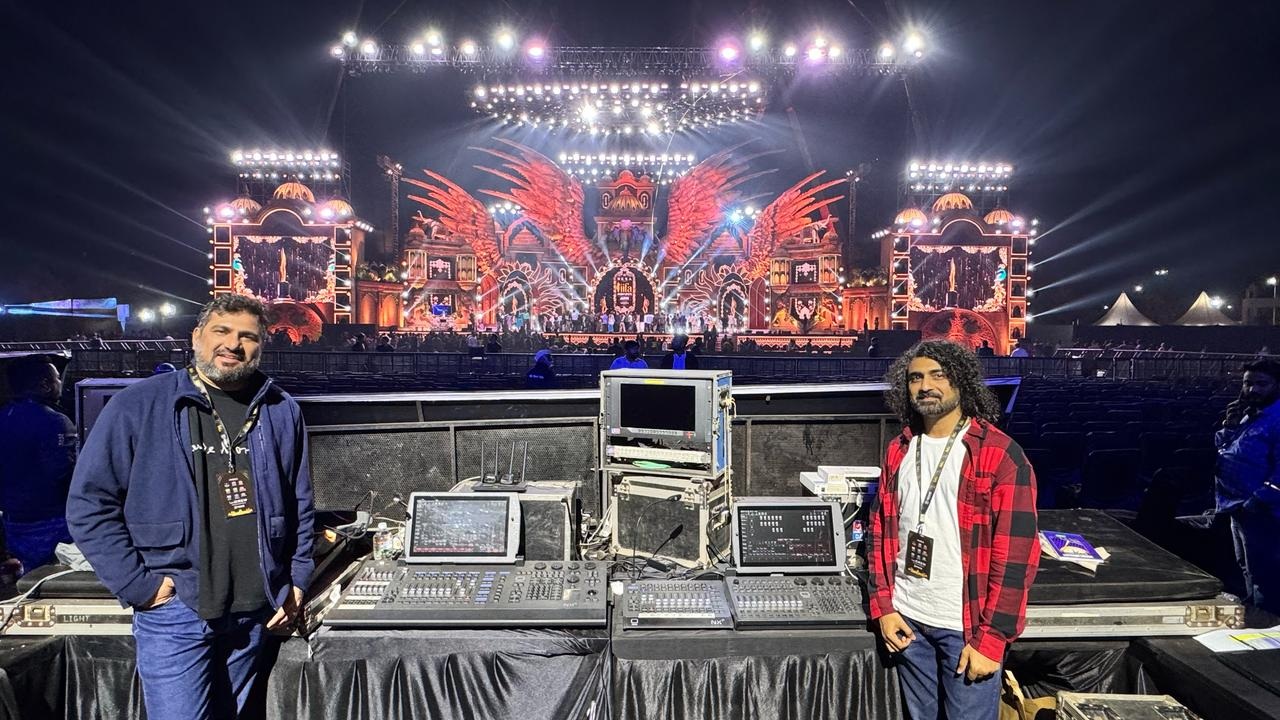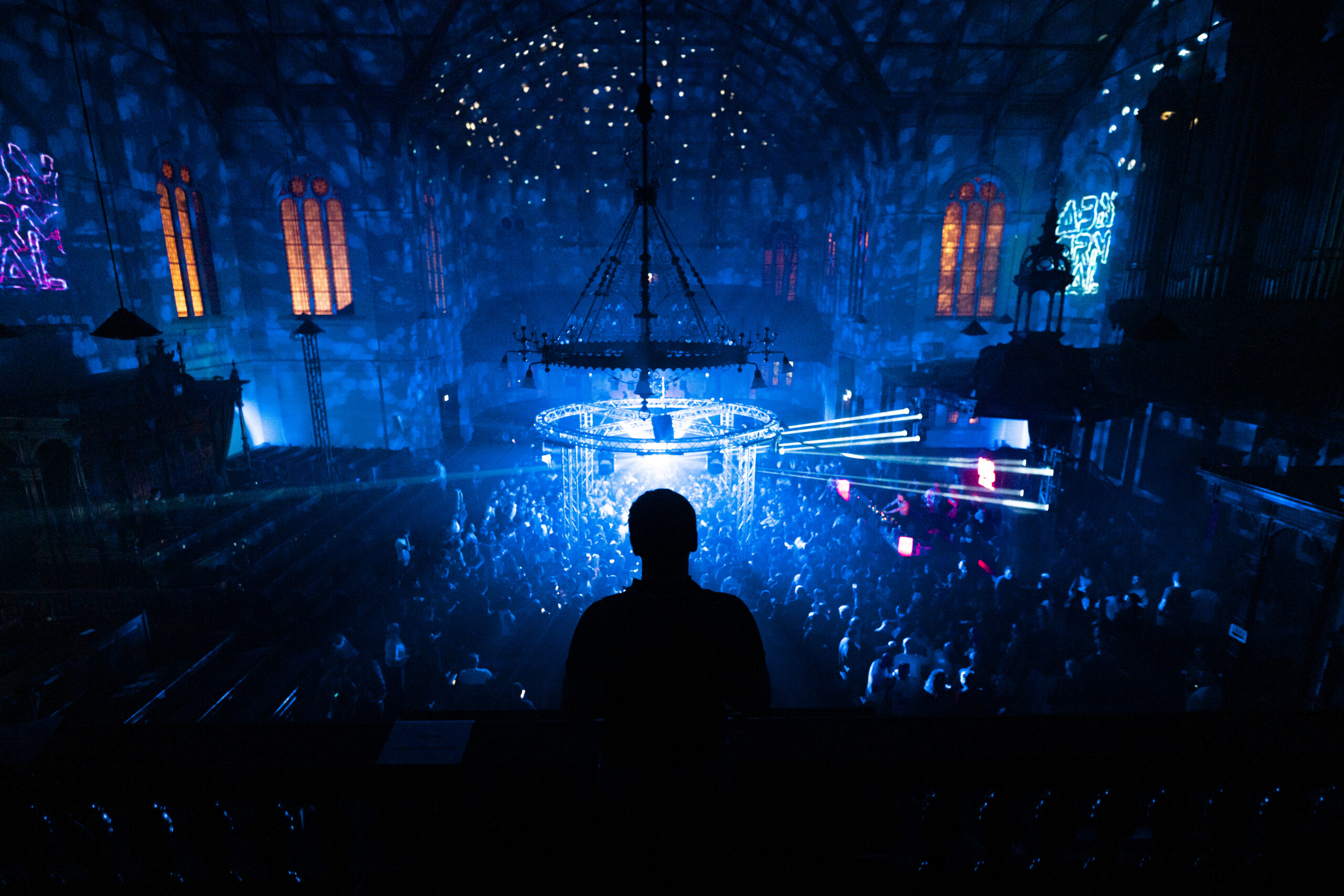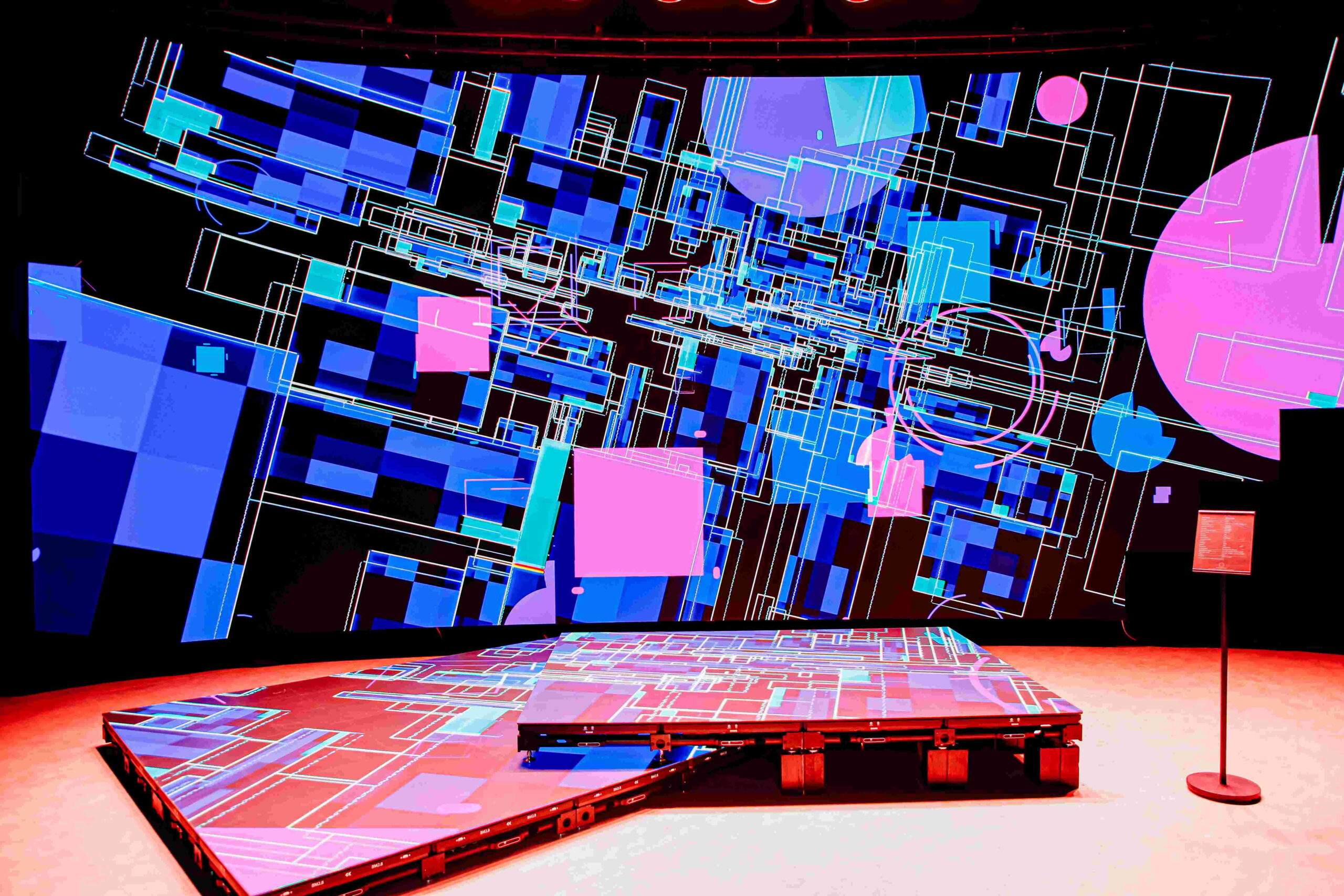OSLO, Norway – Lighting designer Al Gurdon specified nearly 1,900 Chroma-Q LED fixtures to provide a lighting and video effects wall that served as the visual centrepiece for the 56th Eurovision Song Contest, Europe's largest non-sport television production. The three live shows – two semi-finals and the final – were broadcast from Oslo's Telenor Arena and seen by an estimated audience of over 120 million people in 45 countries. In addition, over 80,000 people attended the live shows and various dress rehearsals.
The event was televised by host broadcaster, NRK and featured a core production team working under the leadership of executive producer, Jon Ola Sand and TV producer, Hasse Lindmo. Along with Gurdon, the production management design team included Ola Melzig with stage design by Kirsten Weltzin, Bonsak Schieldrop, Trond Olav Erga and Audun Stjern.
PRG, with support from Norwegian supplier, Frontlite, supplied all production equipment and crew for the show, which used over 100 crew members in the build-up process and more than 500 moving lights, 4,000 fixed light elements and 6,800 meters of truss.
Gurdon, who had also lit the 2009 event, sought a flexible system that would enable him to create a sufficient variety of visual moods and textures to underpin the tones of the musical performances.
The theme for the 2010 event was "Share the Moment," and a key consideration was being able to include the audience with whatever happened onstage.
To that end, Gurdon abandoning high-resolution video elements and instead created an immersive low-resolution lighting and video environment designed to be used in an architectural way, rather than to provide literal images.
This three-dimensional approach to the visual design gave the television directors a new opportunity to shoot the show from virtually anywhere, and gave the audiences an almost visceral sensation of participation with the visual landscape.
Gurdon's lighting design featured a series of layers across the back wall of the set that moved up and down via a Kinesys motion control system to create different looks.
A key component of the design was an array of nearly 1,900 Chroma-Q LED fixtures providing the main layer. Other layers included Jarags, moving lights and Starcloth curtains, plus a 3D curtain of 2000 X-Balls in the center and other textural elements.
The visual elements were mounted on a moving truss system featuring circles over the stage and "spines" spreading from the centre over the entire ceiling of the arena. Created for the event by PRG, the 6.8km structure is the largest truss system ever used for the contest.
The visual effects system was driven by new lighting and media server technology employing the latest developments in lighting and video control software.
The Chroma-Q LED fixtures were controlled via DMX from a Virtuoso VX show lighting console and fed video content pixel mapped from a Catalyst V4 media server through ArtNet and DMX merge software using the PRG S400+ node system.
All content was specially created for the event and triggered from timecode for every song from either the Catalyst or the Virtuoso, and sometimes both.
The Chroma-Q LED fixtures were used to provide a blend of video effects and lighting, sometimes with one element coming to the fore during certain songs.
Some performances featured abstract images such as waves or ripples, mimicking the amplitude of the music. By contrast, other songs featured low resolution moving video, such as an image of five stick figures simultaneously mimicking the same simple dance moves as the live performers onstage during the Lithuania performance.
"I had used 200 Chroma-Q Color Block LEDs on the 2010 Super Bowl Halftime Show in Miami, featuring "The Who," and was impressed by the results," Gurdon said.
"On the Eurovision show, we had nearly 10 times that number of units, so I had no doubt that we would be able to create looks as big as they come, yet we would also be able to use them with great subtlety for the slower numbers.
"It was crucial for us to be able to use these as lights, yet also with video effects, as a dual interface," Gurdon added. "Their compact and sturdy design was also useful, making them easy to hang over the audience."
Additional lighting and video equipment used in the show's production included Vari*Lite, GLP and Martin moving heads, Barco screens and various strobes, long throw followspots, Fresnels and floodlights.
"The Chroma-Q LED had to fulfill several very specific criteria, both technically and from a rental point of view, for an event of this scale," noted production manager Ola Melzig.
"It had to look good on TV, and the overall effect achieved using it was fantastic. It needed to be reliable, especially given we were using nearly 1,900 units. I had used the fixture last year and it was also built into parts of the stage for Eurovision 2007, so I was confident in its reliability.
"We also needed something that would be affordable due to the long rental period for so many units, as we loaded in April 22 and finished load out on June 1," Melzig added. "The Chroma-Q LED fixture met all criteria. I value its reliability, compact design and affordability."
Additional production personnel included lighting crew chief Rich Gorrod, best boy Aidan McCabe, lighting programmers Andrew Voller and Theo Cox, Vision controller Luke Chantrell, LED programmer Michael Owen, Catalyst operator Ian Reith, Catalyst technician Nev Bull and video content by Lauren Cahill, Rachel Sullivan and Dave Newton.
For more information, please visit www.chroma-q.com.



